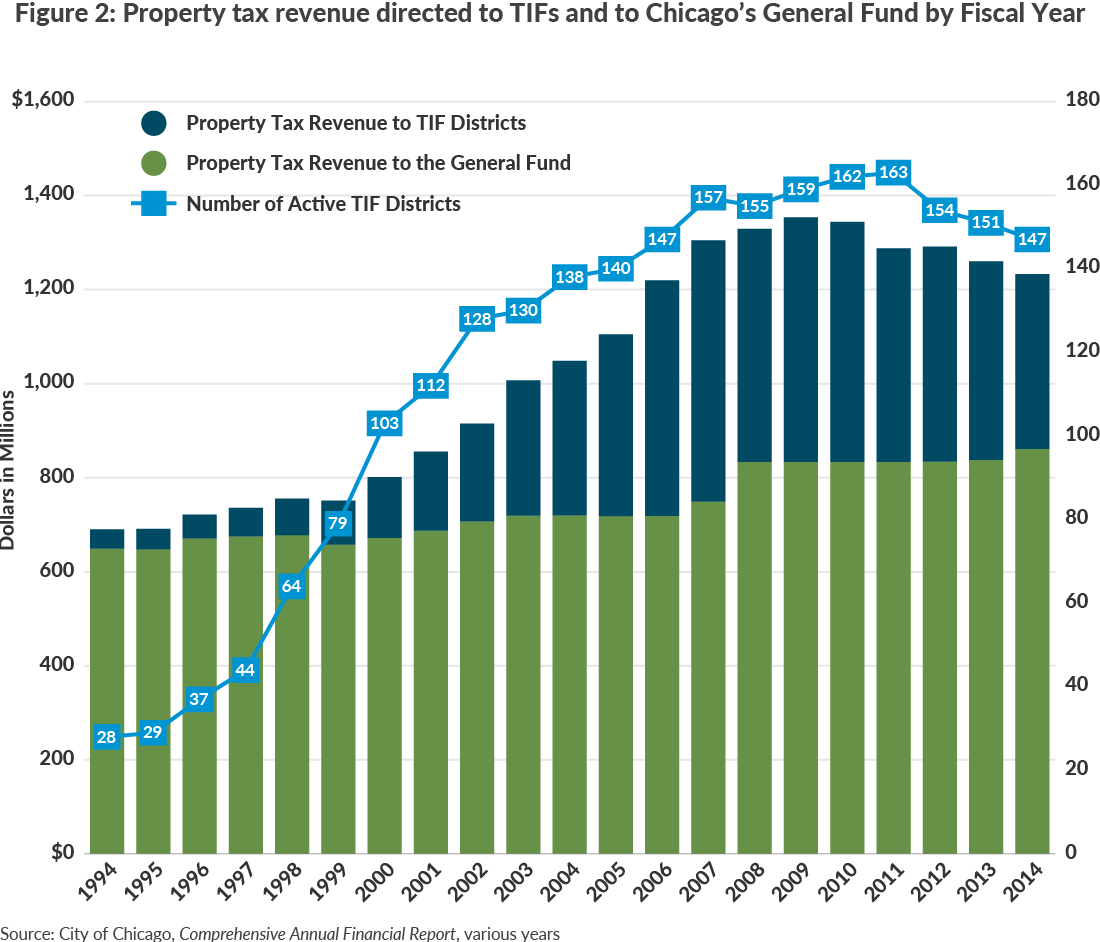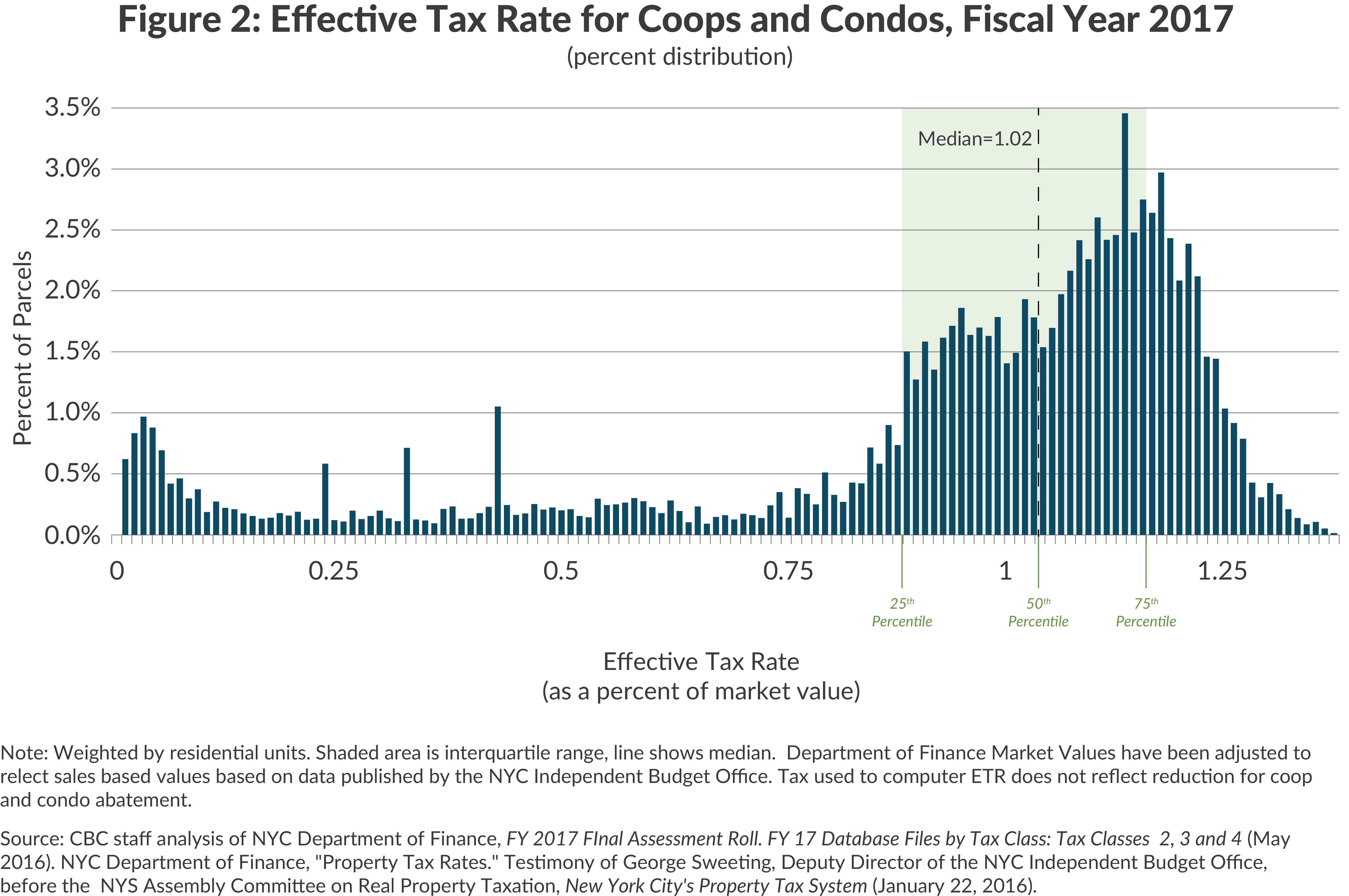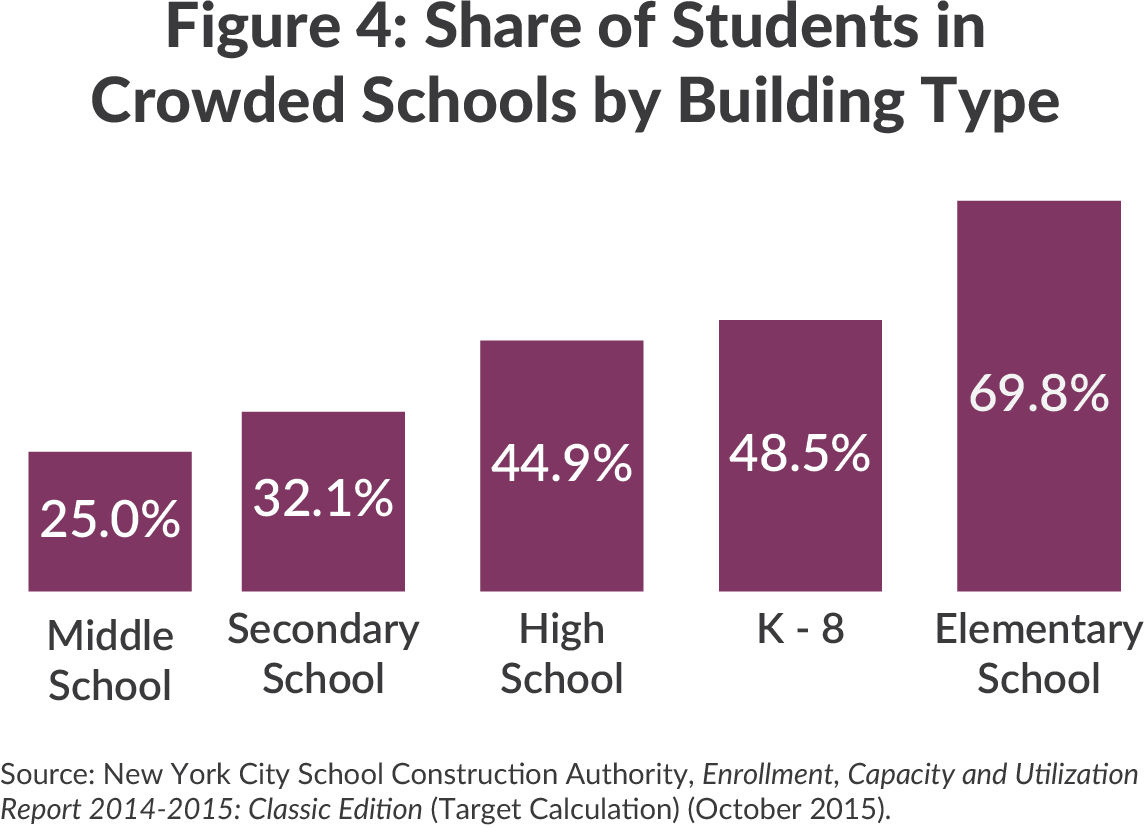NY’s Economic Development Programs Costliest in the Nation
A new report finds New York’s economic development tax incentive programs are the most expensive in the country. The report adds to a growing body of evidence that there is little relationship between business tax incentives and economic growth. These findings underscore Citizens Budget Commission's (CBC’s) call for a moratorium on new economic development spending until the State increases transparency, establishes performance criteria to measure impacts, and enforces agreements to hold beneficiaries accountable.
In February Timothy Bartik, a senior economist at the independent, nonpartisan W.E. Upjohn Institute for Employment Research, released a report, “A New Panel Database on Business Incentives for Economic Development Offered by State and Local Governments in the United States,” in which he analyzes the growth of economic development tax incentives over the past 25 years. To study how the use of incentives has changed over time, Bartik compiled a database of tax expenditures in 32 states (including 47 cities within those states) and the District of Columbia. The data is drawn from tax expenditure reports published by state and local officials and was cross-checked with previous studies on the use of economic development incentives. Extrapolating his analysis to the entire country, Bartik estimates that state and local economic development tax incentives cost taxpayers $45 billion in 2015 – triple the amount foregone in 1990.
According to Bartik’s analysis, New York’s economic development programs are the most expensive in the country.1 He found New York awarded $8.25 billion in incentives in 2015; when compared to the 10 largest states by population, economic development incentives cost New York as much as the next 3 states combined.
Bartik develops two metrics that allow him to compare the use of incentives across states and over time: the value of incentives as a percentage of the estimated gross taxes paid by businesses and as a percentage of industry-level value-added.2 New York’s incentives rank as the costliest as a percentage of gross taxes and second, behind only New Mexico, as a percentage of value-added. By both measures, the state’s incentive use is 2.5 times higher than the national average and is the highest among the 10 largest states by population, plus neighboring New Jersey and Connecticut.


Bartik also analyzes the growth of incentives as a percentage of value-added dating back to 1990. Data from five points in time between 1990 and 2015 show New York has consistently awarded incentives at a higher rate than the national average. The state’s incentive use spiked in 2001 after the legislature expanded the scope of the Empire Zone program. Tax expenditures fell after the state reformed it in 2008, but New York’s incentive use remains well above its 2000 level. This fits the pattern Bartik has observed in states and cities across the country. Once states extend incentives to one industry or geographic area, other industry groups and communities demand similar benefits for their constituencies. As a result, economic development programs are more likely to grow rather than shrink over time.
Despite their growing popularity, economic development tax incentives often prove costly to taxpayers. Bartik notes that “the majority of studies [published to date] suggest incentives are not cost-effective, with either no statistically significant effects or large costs per job created.3 The high costs of economic development programs “lead to concerns that many of these incentives are ineffective or have negative effects,” such as distorting business investment decisions or unduly enriching companies that would have made investments without need of incentives.4 Bartik’s initial findings add to the growing body of evidence that there is little proof that incentives achieve their goals: he found no correlation between the use of incentives and changes in wages, unemployment rates, or economic growth in the places he studied.

The high cost of New York’s job creation tax credit programs relative to the rest of the country, coupled with the growing evidence that incentives are not cost-effective, underscore the need for reforms to rein in costs and to promote transparency and accountability. CBC has highlighted consistently the excessive cost of many of the state’s job creation programs.5 While New York has taken steps to reform some of its costliest incentives, the State continues to offer generous subsidies through incentives like the film tax credit, as well as discretionary subsidies to companies like Solar City/Tesla at great cost to taxpayers.
CBC recently developed a blueprint for economic development reform that includes a five-part plan to make the state’s economic development policies more transparent, accountable, and effective by:
- Establishing a unified economic development budget that captures state and local costs;
- Using standardized metrics across all economic development initiatives;
- Publishing a database of deals to shine a light on recipients of incentives;
- Improving program design to follow best practices and to reward actual performance; and
- Making administrative reforms to procurement and oversight rules.
Read more about our proposal here.
Updated 11:07 am.
Footnotes
- The report includes property tax abatements, customized job training subsidies, investment tax credits, job creation tax credits, and research and development tax credits and includes discretionary deal-closing awards where costs can be quantified. However, the report excludes film tax credits, brownfield programs, and enterprise zone programs, and therefore understates the true cost of New York’s economic development programs.
- Value-added is the difference between gross output and intermediate sales, also known as gross state product. With respect to the gross taxes paid metric, the analysis excludes local business income and gross receipts taxes, as well as business income taxed through the personal tax returns. This means that not all taxes paid by New York City businesses are accounted for which likely overstates the cost of New York’s incentives.
- Timothy J. Bartik, A New Panel Database on Business Incentives for Economic Development Offered by State and Local Governments in the United States (W.E. Upjohn Institute for Employment Research, 2017), p. 7, http://research.upjohn.org/cgi/viewcontent.cgi?article=1228&context=reports.
- Timothy J. Bartik, A New Panel Database on Business Incentives for Economic Development Offered by State and Local Governments in the United States (W.E. Upjohn Institute for Employment Research, 2017), p. 6, http://research.upjohn.org/cgi/viewcontent.cgi?article=1228&context=reports.
- Jamison Dague, Tammy Gamerman, and Elizabeth Lynam, Bigger Not Better: New York’s Expanding Economic Development Programs (Citizens Budget Commission, February 2015), https://cbcny.org/research/bigger-not-better, and Riley Edwards and David Friedfel, Increasing without Evidence (Citizens Budget Commission, September 2016), https://cbcny.org/research/increasing-without-evidence.